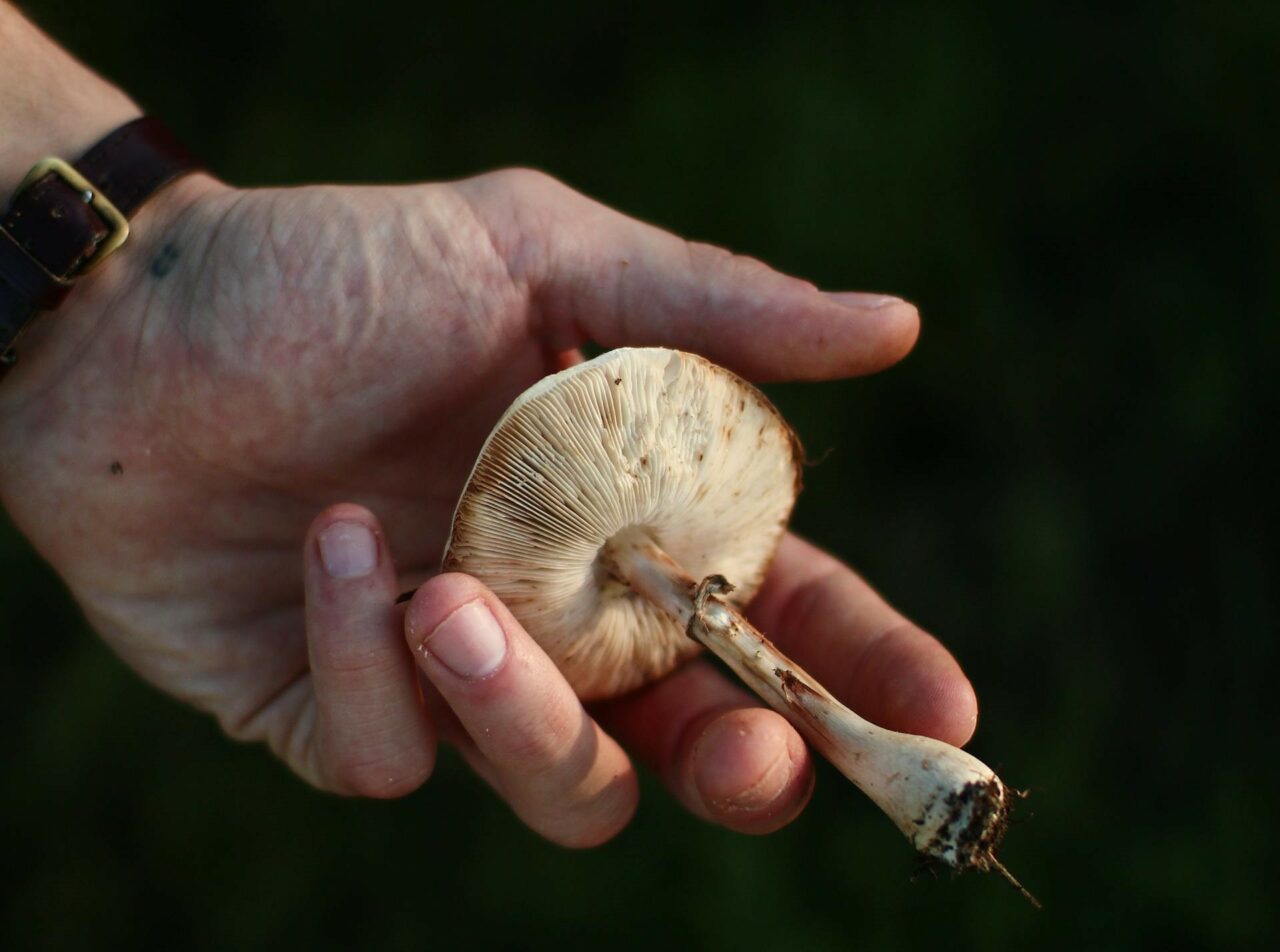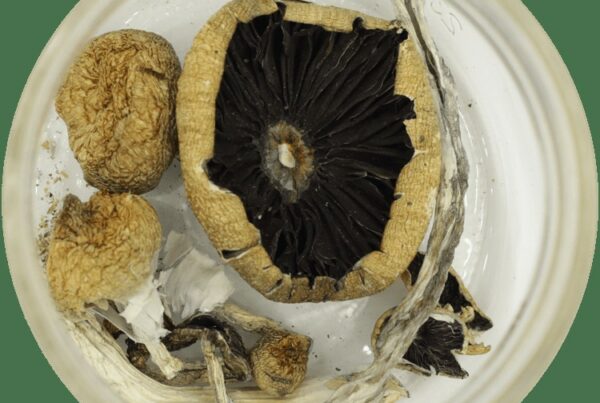Psilocybin mushrooms, a traditional psychedelic similar to LSD in their function as a serotonin 5-HT2A receptor agonist, are currently being examined for their potential role in psilocybin-assisted therapy. This therapy might offer relief for a variety of mental health disorders, including but not limited to major depression, anxiety, cluster headaches, and migraines.
In order to understand how shrooms can potentially help with these conditions, it’s essential to delve into their metabolism process in the human body. This insight can assist researchers and users in understanding how the active compound can have psychological and therapeutic effects. This article will provide a basic overview of the pharmacology and pharmacokinetics of psilocybin.
[toc]
Key Points:
- When psychedelic fungi are consumed orally, half of it is absorbed and distributed throughout the body.
- The compound of the fungi is dephosphorylated through the enzyme alkaline phosphatase, mainly in the liver.
- Approximately 3.4% of the compound is expelled in its original form within 24 hours, with most of it being excreted as a stable metabolite.
What Does Pharmacokinetics Mean?
Pharmacokinetics (PK) refers to the study of how the body processes substances such as drugs once they are introduced into the system. It’s closely related to, but different from pharmacodynamics, which studies how a compound interacts with the body. PK mainly focuses on four aspects: absorption, distribution, metabolism, and excretion (ADME).
Understanding these processes enables healthcare providers to prescribe the most effective medications with the least possible risk. It also allows them to customize treatments to suit the specific physiology and lifestyle of each patient.
How Does Pharmacokinetics Relate to Psilocybin?
Psilocybin and psilocin, the primary active compounds found in certain species of magic mushrooms, have piqued the interest of both researchers and users. Pharmacokinetics aids in understanding how the body processes mushrooms containing psilocybin and in exploring their potential effects, whether for medicinal or recreational purposes.
These compounds are often referred to by several names, including “magic,” “psychedelic,” “medicinal,” or “sacred.” The consumption of fungi containing these compounds is widespread, with the Different types of mushrooms can vary significantly in their psilocybin concentrations. Factors like species, geographical origin, size, cultivation and drying conditions, and age play a role in these variations.
Magic mushrooms naturally grow in the wild, but scientists have also devised ways to create them in a lab setting. Both naturally occurring and lab-grown shrooms exhibit low toxicity. Nevertheless, minor side effects such as nausea or vomiting can occur.
Despite potential physical side effects, the compounds within these mushrooms have demonstrated potential therapeutic advantages owing to their safe profile and non-addictive nature. This promising potential has spurred further investigation into their application in psychotherapy, particularly for treating anxiety and depression.
A Look into the Four Stages of Pharmacokinetics
Psilocybin, the active compound in these mushrooms, is not active in its natural state. It acts as a prodrug, converting into its active form, psilocin, with the help of enzymes like alkaline phosphatase. This process allows psilocin to be absorbed and distributed throughout the body, reaching various tissues. However, psilocybin is undetectable in the circulatory system, feces, or urine after oral administration.
Absorption
Absorption refers to the process by which the compound enters the bloodstream from the site of administration. This process affects the rate and effectiveness with which the compound reaches its target, such as the plasma. Oral administration is the most common route, although inhalation has been tried but found to be less effective.
The absorption process also encompasses the release of the compound from the dosage form during oral ingestion. Factors such as delay in the throat or esophagus can impact this, potentially slowing down the effect or causing irritation. Once the compound reaches the stomach, the acidic environment may start breaking it down before it enters the bloodstream.
Research using animal models suggests that only around 50% of orally administered psychedelics are absorbed and distributed throughout the body.
Determinants of the Absorption Process
Various factors can influence the absorption process, leading to variations in the onset, potency, and duration of effects:
- Stomach Contents: Eating before taking the compound can delay absorption as it slows down the onset of effects. Conversely, an empty stomach can facilitate quicker absorption.





